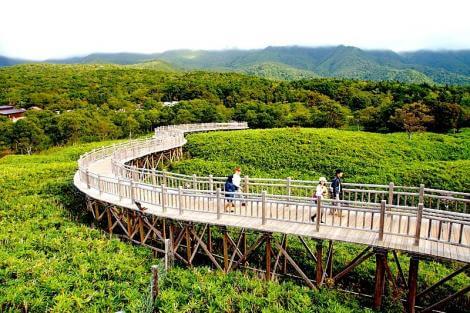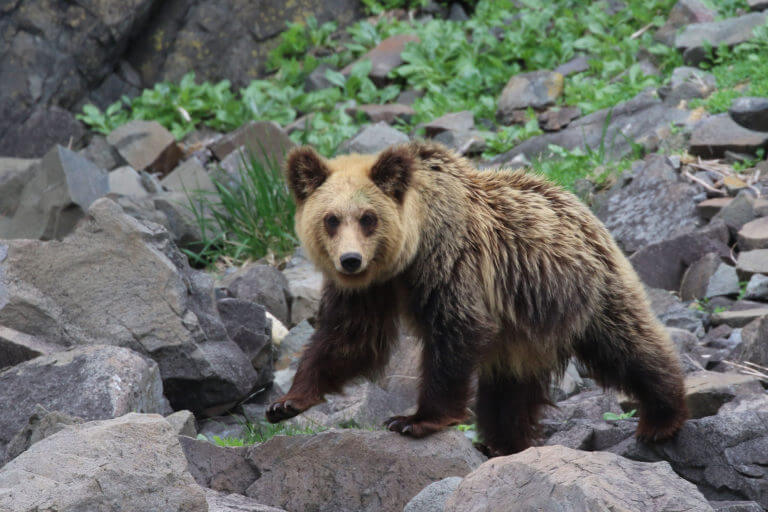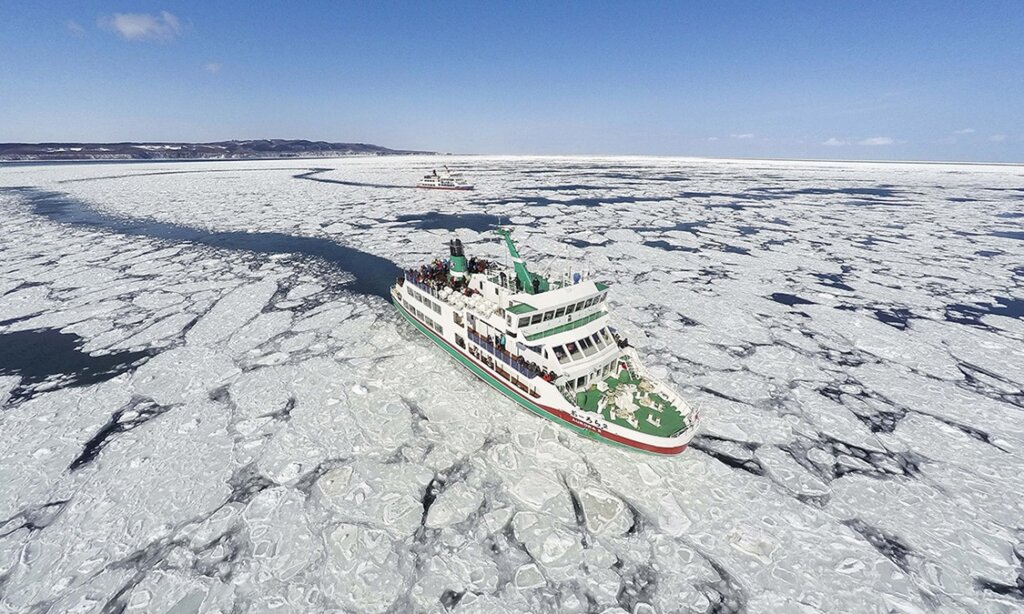GOING SOLO IN JAPAN – 9 – SHIRETOKO / ABASHIRI ( 2008 ) Last Updated: June 29, 2022
Whenever I talked to friends in Japan about sightseeing, they would ask me if I have been to Shiretoko?
I had not much heard about this place but seen a short documentary about it at Nehru center courtsey Japanese consulate. In the documentary what I remembered was seeing an old lady collecting seaweeds along the beach, which is a favourite Japanese food. The beach was barren. The next scene I remember was showing grizzly bears roaming on the beach.
The stark isolation of the area and unspoiled scenery impressed me. I had recently gone to Katmai National park in Alaska to see bears feasting during the Salmon run in August. And here I am going to Hokkaido in late September.
So we decided to go to Shiretoko before our work starts.
It was a marathon plane journey from Mumbai to Narita via New Delhi. From Narita airport in Tokyo to New Chitose airport in Hokkaido. Finally one more flight from here to Mamebetsu airport, closest to Abashiri and Shiretoko. I can’t remember how many hours we were on the plane.
Planeload of people came out, most travelling to Shiretoko. We also got on to the bus and reached our hotel in Shiretoko in the evening. Our hotel was the farthest. Dinnertime and rest was badly needed. Looking back I feel foolish about such a long journey.
SHIRETOKO
SHIRETOKO is a peninsula running eastwards and north. In terms of sightseeing, we knew very little about it. We did not know how to get to the beach. But I believe there is a boat ride along the coast on the north side during peak season.
It is one of the most remote regions in Japan. And remains unspoiled till today. Traveling around is limited either along the road or around the peninsula by boat. It is well known as the home of Japan’s largest Brown bear population. But we didn’t see any.
Peninsula has a ridge and road crosses over at the top.


The drive along this road takes you to the highest point from where you see the other side southwards along the sea. There is an important town on the other side but this road is the only connection. On the way there is a park with multiple small ponds and one can walk along wooden paths.
With a natural environment that still remains untouched, the peninsula is called “the last of Japan’s undiscovered scenic spots.” Inhabited by over 800 types of plants and over 500 varieties of living organisms, Shiretoko Peninsula has been declared a UNESCO World Heritage site in 2005. A visit to Shiretoko is rewarding throughout the year, but a visit outside of the snow season affords the opportunity to participate in a wide range of outdoor activities. There is a Nature center worth visiting.
On the trip back our bus stopped at the site of the beautiful waterfall called Oshin – Koshin.
ABASHIRI
This was the next stop for us. We had located a beautiful hotel called Abashiri Koso on the shore of a lake. We were dropped at the center of the city, so we took a taxi to get there. The hostess at the hotel was an English-speaking Korean lady who was very helpful.
Abashiri is famous for watching Ice floats at the end of the winter as Arctic ice breaks down and floats southward. I had seen pictures of this in a magazine. But since our visit was in summer we had no chance to see them.


It’s known for drift ice in the Sea of Okhotsk, as explained in the Okhotsk Ryūhyō Museum on Mount Tento.
The city and nearby lakes are part of Abashiri Quasi-National Park.
Near Lake Tōfutsu, Koshimizu Gensei-kaen is a wildflower preserve.
The Hokkaido Museum of Northern Peoples introduces native Ainu culture and other northern peoples.
We also visited the Okhotsk Ryu-hyo museum, which gives you a chance to pass through a room maintained at -30 degree
Lake Notoro – it is filled with coral grass red in color during the right season.
